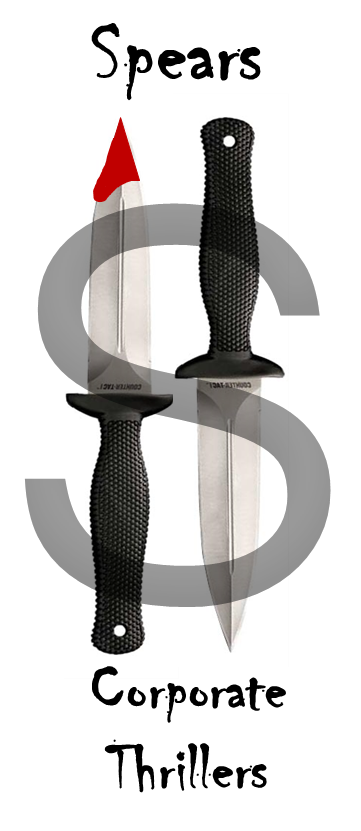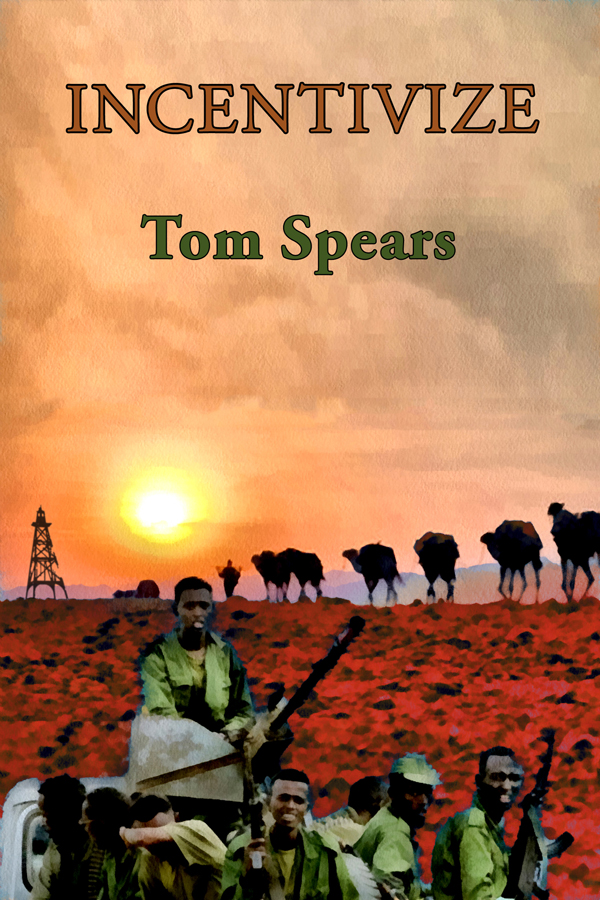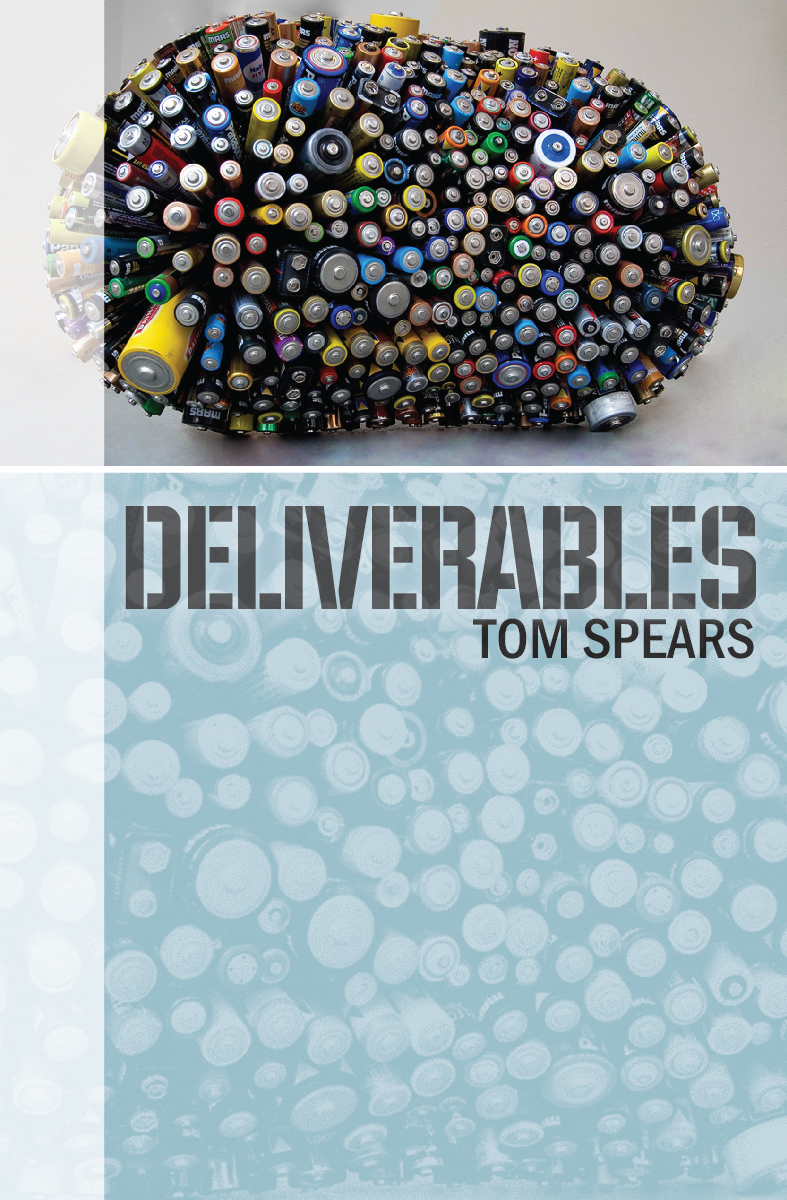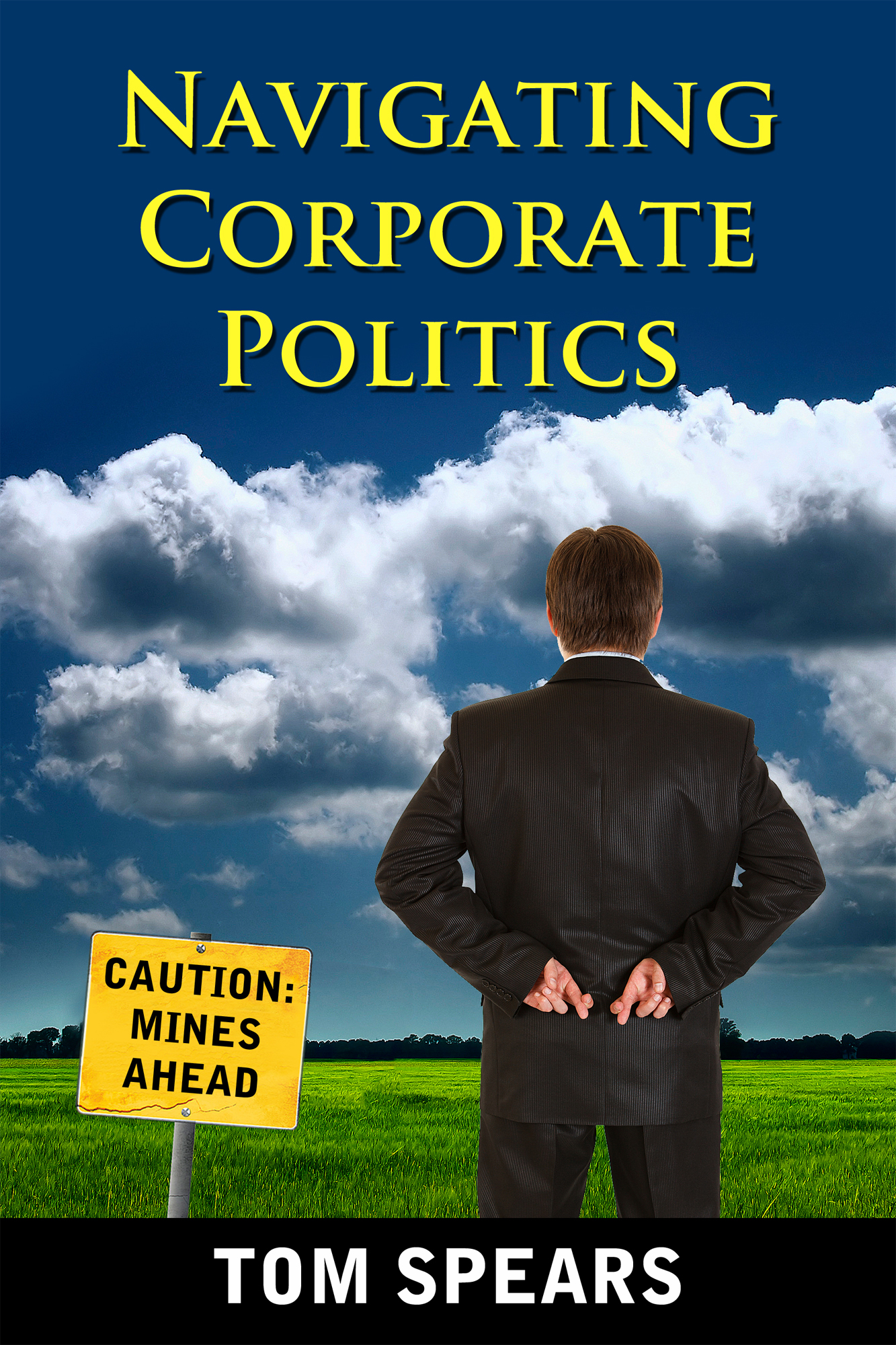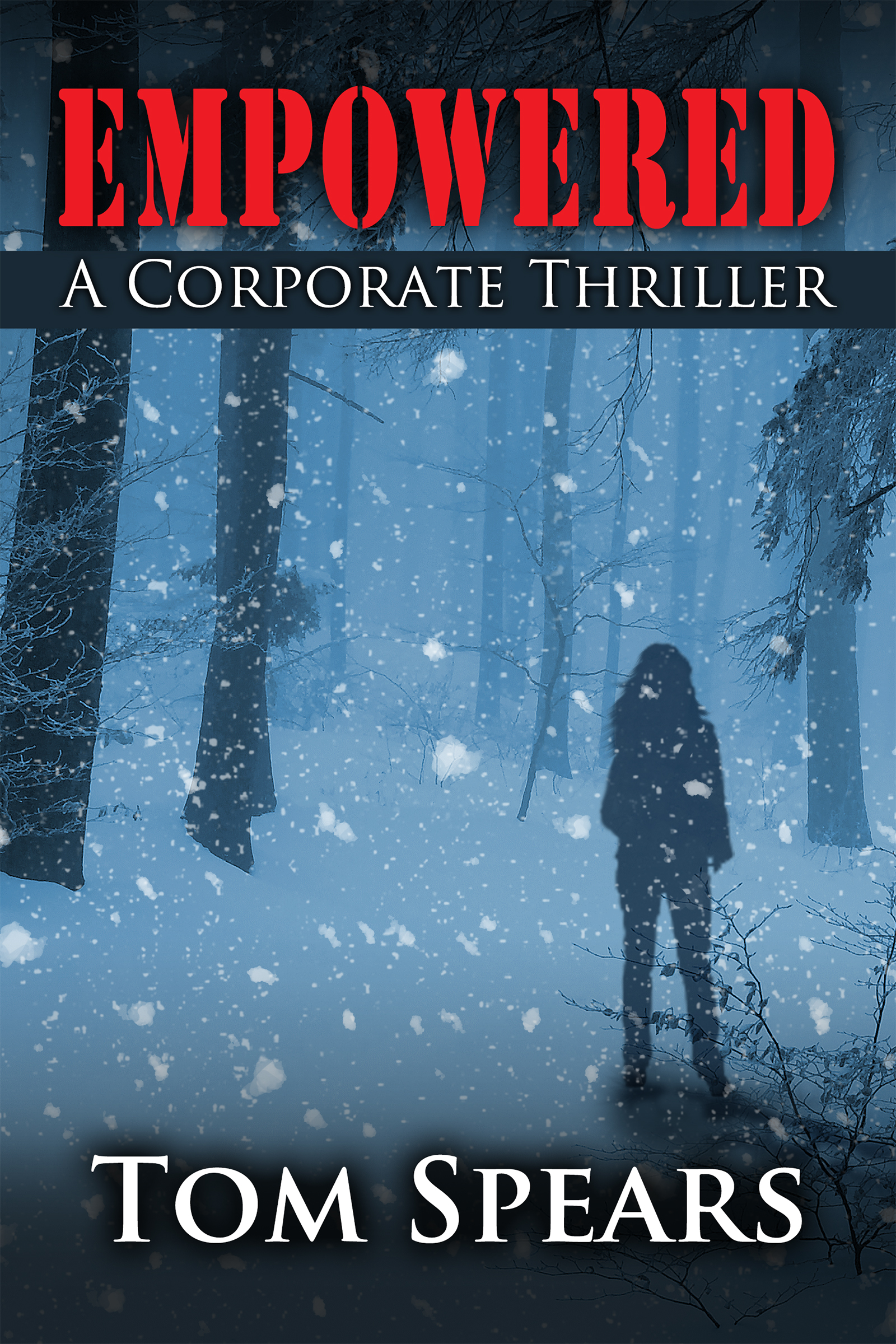“I love it when the facts match up with my preconceived notions.”
This was said by one of my bosses many years ago. He was a wise and observant student of human nature, and I’ve pondered the meaning of his words many times. It contains a little nugget of cynical wisdom that, if kept in the forefront of the mind, can save us from making some of our biggest mistakes in business and life in general.
Human nature?
We all seem to construct models of how the world really works. This becomes the basis for our preconceived notions. They come out of our experiences, what we observe or hear from the lives of others, what we read, and even what we watch on television. They can consist of aspirations, as well as caveats from our own personal school of hard knocks. We carry this model around in our heads as we go about our daily tasks, and it provides small bits of guidance to us on a daily basis.
“Never back down from a challenge.” “There is no free lunch.” “Work before pleasure.” These are examples of a few pieces of my personal preconceived notions. And yes, a lot of them are idioms and clichés that ring seem “true” to me.
Models and Reality
Our model often becomes our measuring stick – e.g. this bad thing happened because Fred ignored my rule. We compare what we see and observe on a daily basis using our model. It helps us make sense of a large, confusing world.
Of course, our preconceived notions are imperfect, not working all (or sometimes, not even a majority) of the time. We handle the resulting dissonance by filtering. We ignore, or even actively battle against, those things which seem to conflict with our model of reality. On the other hand, we readily grab onto and incorporate experiences that are consistent with our preconceived notions.
Hence, my former boss’s quip.
Business Impacts
A portion of every person’s preconceived notions deal with their professional life. These become a subset of rules of thumb and understandings that govern how we believe things work (or don’t work) in the workplace. You may have noticed this when dealing with co-workers – Harry believes you must inform your manager of any problem immediately upon its first appearance, while Susie holds information close to the chest, only revealing it when forced to.
Two different people, two different models. Conflicting preconceived notions can easily exist within a single company.
The culture of the organization consists of those elements of a person’s world model that are more-or-less shared across the entity. While there are still some allowable variations, they are far narrower than we would find in the population at large. When someone “doesn’t fit the culture” you can bet it is because a component of their preconceived notions conflicts with an important element that is shared across the company. In some cases the person adapts. In others, they can’t and eventually separate.
Stickiness
While our preconceived notions aren’t static, and we are always incorporating new bits of information in them that shape our understanding of the world, a reversal of an important tenet is difficult. Damned difficult. We tend to hang onto erroneous or self-destructive conclusions far longer than logic would dictate in an attempt to avoid the uncomfortable sensation that occurs when we are forced to re-evaluate.
Which is why people tend to learn and grow faster when conditions are adverse – they are forced into learning and adaptation, rather than being allowed to comfortably relax in an environment where they feel they already have it “figured out.”
The project that wouldn’t die
One company I worked for had a complex project that seemed to take on a life of its own. The project was a new product for a new market (according to my preconceived notions, a red flag), but it held the potential to change the way business was done in the associated industry. If it worked.
The problem was there was plenty of evidence it wasn’t going to succeed.
Tepid response from customers, assertions about costs that simply didn’t make sense, an impossibly complicated product certification process, these things all should have been ringing bells in people’s heads that success was highly unlikely. As a result, the project was on life support from an early stage.
But senior management at this companybought into the “change the game” aspect of the strategy. It had been employed several times throughout the company’s history to great effect, and the key decision makers wanted it to be true. Their preconceived notion was the industry in question was ripe for a revolution and the company’s idea would be the one that fired the first shot.
Six years into the development process with little concrete to show for it, I heard a couple of our most senior managers describe the project as a “drug” that they kept coming back to despite it being highly unlikely that the effort would succeed.
Millions of dollars went down the drain before the project was ultimately abandoned.
What was happened was a classic clash between senior management’s preconceived notions and the reality of the market and industry. The decision makers latched onto every bit of positive reinforcement, and minimized, outright ignored, or explained away every piece of contrary data. I’m convinced that if the potential to enter the market with the “game changing” element hadn’t been present, the project never would have been attempted.
Conclusion
Becoming committed to a viewpoint, a position, or a rule-of-thumb can blind you to the facts. Painful though it may be, it is important for us to re-examine and rethink the underlying assumptions that drive our decision making. We need to actively search for data that contradicts our closely held beliefs and preconceived notions, continuously testing our world model to make sure it is correct and fresh.
Or we can just wait for the negative consequences of blindly adhering to our preconceived notions, and absorb those lessons when reality slaps us in the face. 29.3
Other Recent Posts:
- Wishing-Doesn’t-Make-it-Real
- How to Handle a Hot Potato
- Horsetrading in Negotiations
- The Walk-Away Option
- Getting the Union you Deserve
- Fearing Unions
- You Own It!
If you are intrigued by the ideas presented in my blog posts, check out some of my other writing.
Novels: LEVERAGE, INCENTIVIZE, DELIVERABLES, HEIR APPARENT, and now PURSUING OTHER OPPORTUNITIES.
Non-Fiction: NAVIGATING CORPORATE POLITICS
To the right is the cover for HEIR APPARENT. In this tale, someone is killing corporate leaders in Kansas City. But who? The police and FBI pursue a "serial killer" theory, leaving Joel Smith and Evangelina Sikes to examine other motives. As the pair zero in on the perpetrator, they put their own lives at risk. There are multiple suspects and enough clues for the reader to identify the killer in this classic whodunnit set in a corporate crucible.
My novels are based on extensions of 27 years of personal experience as a senior manager in public corporations.
